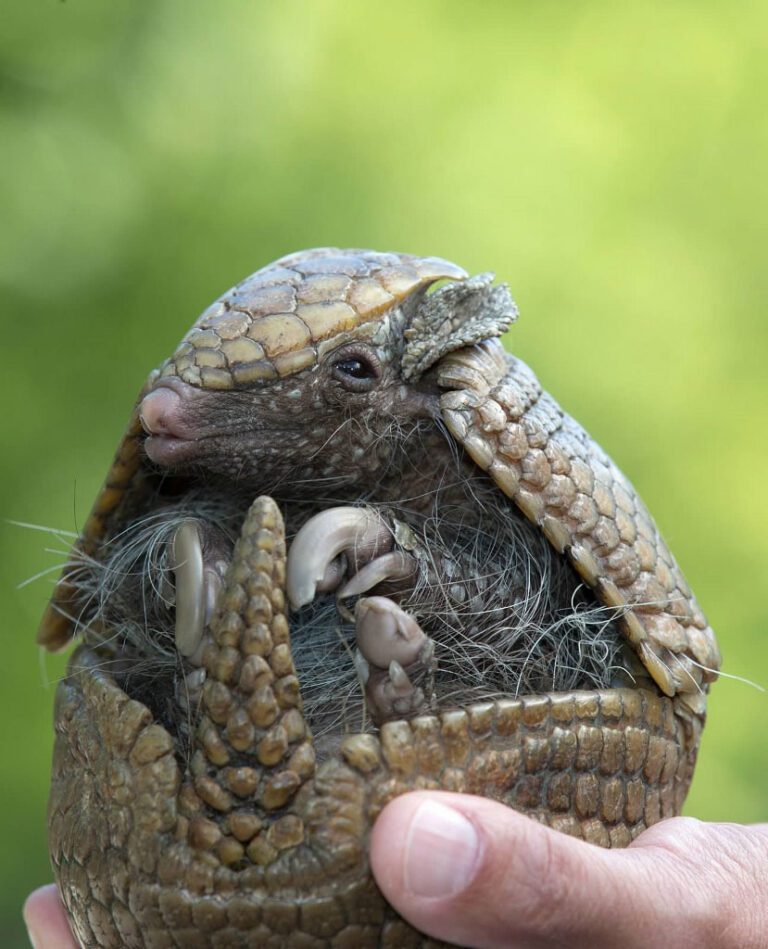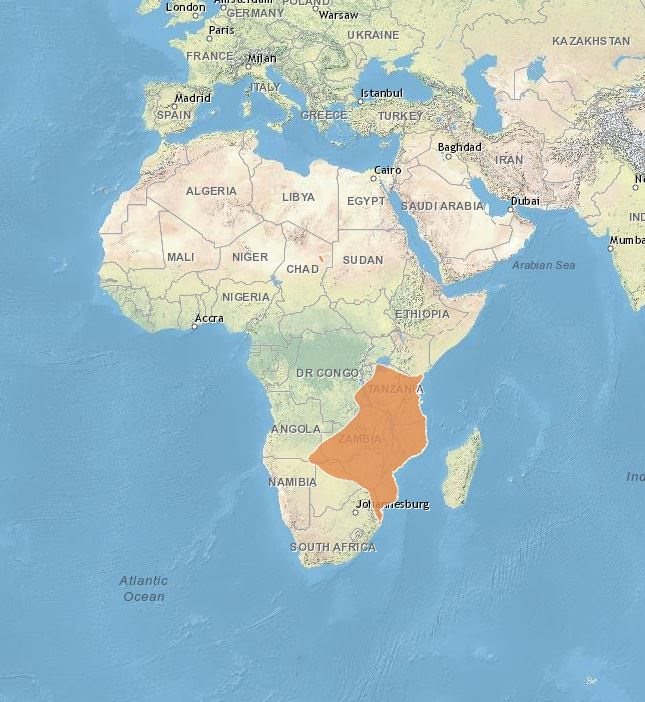African Bullfrog (Ambassador Animal)
The Zoo is home to one African Bullfrog as part of our ambassador animal program (habitat not on public display).
Animal Facts
African Bullfrogs are the largest species of frog in Southern Africa, and second largest in Africa. Males can grow to 9.5 inches long, and females grow to 4.5 inches, while they can weigh 2-5 pounds.
During the dry season, African Bullfrogs will go into a period of inactivity called estivation that can last from 10 months up to 2 years. They will burrow in the soil and grow a cocoon of skin layers to retain moisture and wait for the rainy season.
Male African Bullfrogs provide parental care by watching over and defending the eggs and tadpoles. They will defend their offspring by jumping at any approaching animals that they perceive as threats.
Large males will duel each other during breeding season, which involves them bellowing loudly and biting each other.
Female African Bullfrogs lay clutches of 1,600 to 4,000 eggs. The eggs hatch in 1-2 days and undergo metamorphosis in 18-33 days. The tadpoles have a limited amount of time to develop before the breeding pools dry up again.
Diet
Carnivorous. Insects, reptiles, small birds and mammals, other frogs. African Bullfrogs are ambush predators. They will sit and wait, in shallow water or mud, and quickly grab prey that comes close. They will eat whatever might fit in their mouths.


Status in The Wild
- Least Concern
International Union for Conservation of Nature (IUCN) Red List status
This species faces threats of climate change and habitat loss. As climates change, dry seasons may become longer, or the rainy season may not provide enough water to form ponds for reproduction.


More Animals From Africa



Kenyan Sand Boa (Ambassador Animal)



African Bullfrog (Ambassador Animal)



Domestic Rabbit (Ambassador Animal)



Ring-neck Parakeet (Ambassador Animal)



White Rhino



Ball Python (Ambassador Animal)



Buffalo Weaver



Plains Zebra



Giant Day Gecko



Golden-Breasted Starling



East African Spiny-Tailed Lizard



Giant African Millipede (Ambassador Animal)



Olive Baboon



Speckled Mousebird
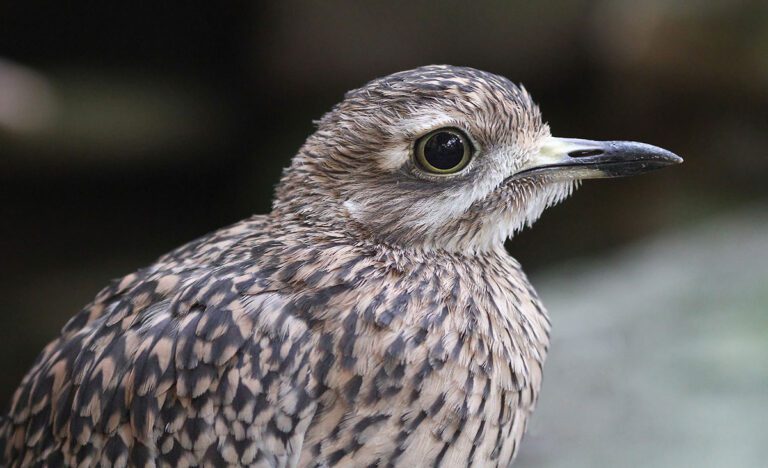


Cape Thick-Knee



Superb Starling



Masai Giraffe



Mombasa Golden Starburst Tarantula
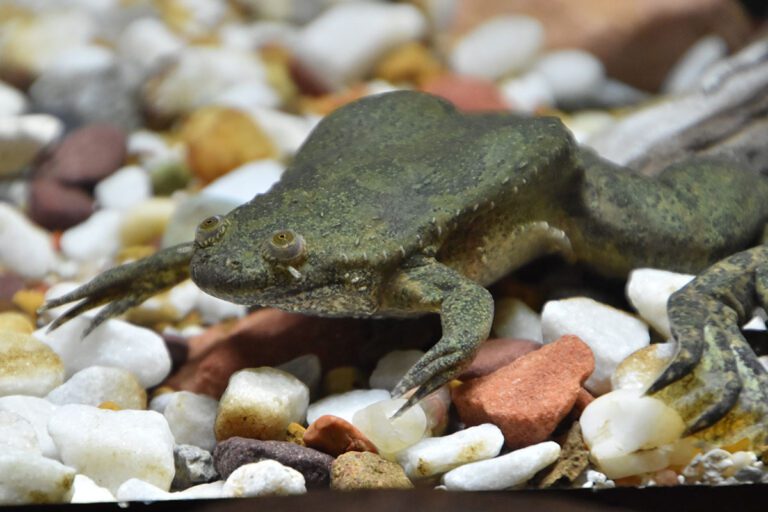


Mueller’s Clawed Frog



Naked Mole Rat



Taveta Golden Weaver



Madagascar Hissing Cockroach (Ambassador Animal)



Madagascar Tree Boa (Ambassador Animal)



Congo African Grey Parrot (Ambassador Animal)



Dumeril’s Ground Boa (Ambassador Animal)



Great Plated Lizard



Henkel’s Leaf-Tailed Gecko
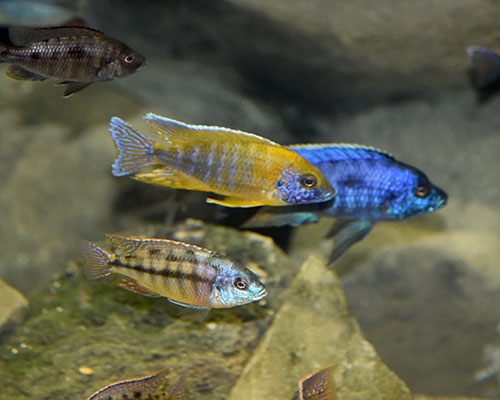


Lake Malawi Cichlids



Pancake Tortoise (Ambassador Animal)



African Penguin



African Lion



African Bush Viper























